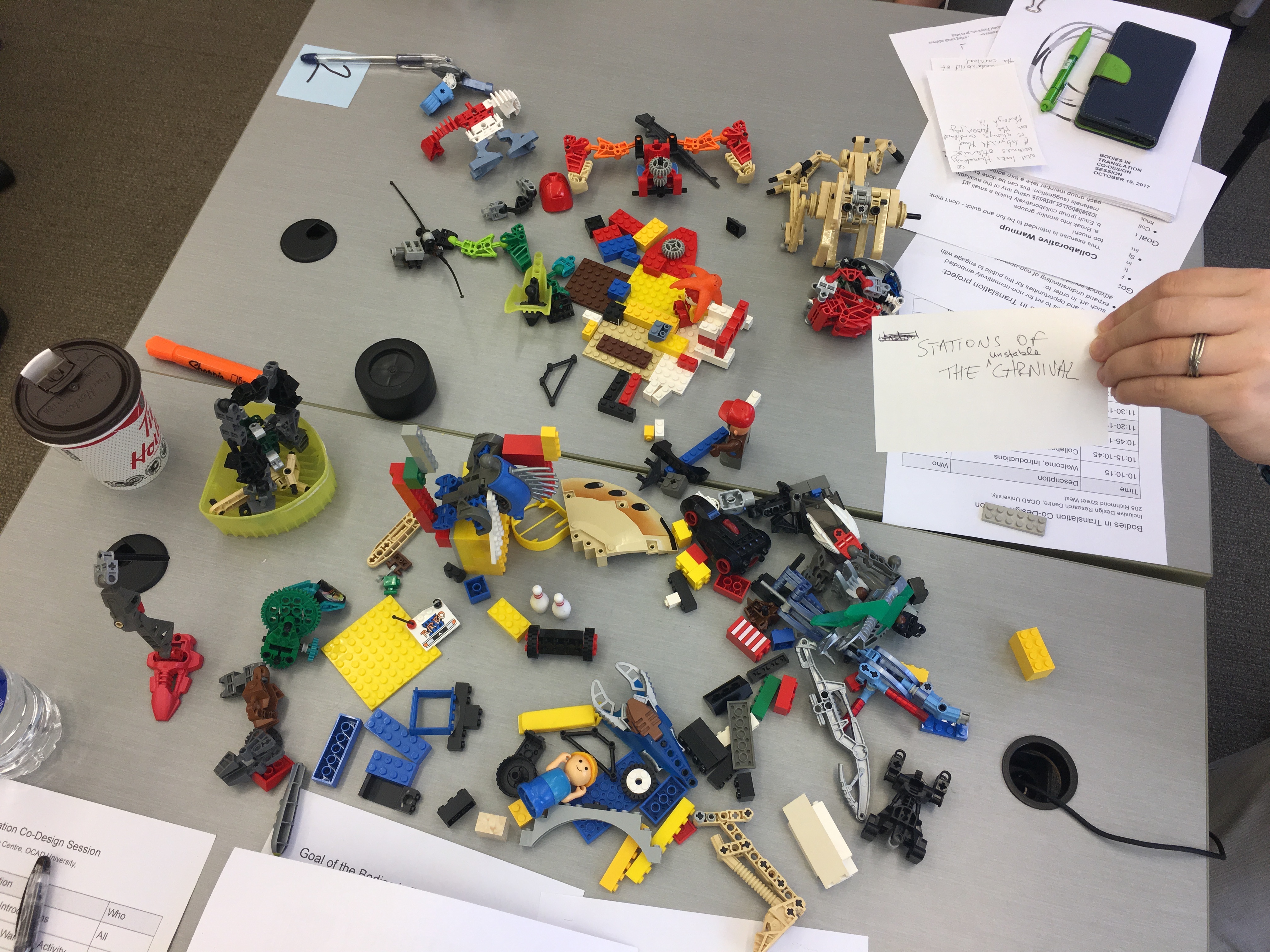Documenting and Collecting Co-design Outcomes
Activity for Ideas And Outcomes
What
During co-design, it’s easy to get swept up in the energy of the moment and forget to document and collect everything that your co-designers make. Having a clear and realistic plan for documenting your outcomes, whether it be through note-taking, photos, video, or audio, is crucial.
Why
You can’t remember everything
It may be tempting to think that you will remember everything about what was said and done during a co-design session, but it’s very hard to remember all the details even a few days later. You will also need to revisit your findings from a session many times throughout your design process. Having clear and thorough documentation of your process and outcomes will help you retain all the details.
Sharing with others
If you are doing a series of co-design sessions, good documentation can help you get new participants up to speed with what the group has done so far, and provide a memory refresh for those who are returning. You may also wish to share the outcomes with project team members who are not participating in the co-design sessions.
How
What to document
In addition to documenting the ideas and discussions, it is also important to document several things:
Context
One of the things that is often difficult to recall is the context of a discussion or idea. For example, the thinking behind an idea, the scenario an idea was solving for, or specific feedback about an idea. Having good documentation will help you better understand the significance of an idea, sketch, or sticky note long after the session is over.
Contribution
During a co-design session, participants may come up with ideas that will be used in your final design. Documenting the co-design outcomes helps your team to track where ideas came from and give credit where credit is due.
Different ways to document the co-design process
- Note-taking: for capturing in-session discussions, presentation of ideas, feedback, organizer debrief, etc.
- Taking photos: these may be used to document sketches or design artifacts, or of the participants, with their permission.
- Video or audio recording: to capture performances, role playing activities, or any of the above.
Collecting sketches and design artifacts
When photos or videos cannot provide enough information about a design artifact, it can be beneficial for organizers to collect those items and keep them for the duration of a project.

When documenting co-design artifacts, including notes can help you to recall the context later on.
Writing summaries or synthesis
Writing summaries is a helpful way of documenting multiple things (ex. audio clips, drawings, videos) in an easy to read and digestible way. Please refer to Synthesis of Co-design Outcomes for more information on how to do this.
A note on confidentiality
Depending on what the agreement was with the co-designers, it may be necessary to remove personal identifiers from any photos or video of the sketches and design artifacts.